
Lajme
string(66) "ann-chrstine-eek-staying-in-kosovo-showed-me-other-aspects-of-life"English

Donjeta Abazi
21/05/2024 16:26Ann Christine Eek: Staying in Kosovo showed me other aspects of life

English

Donjeta Abazi
21/05/2024 16:26Interview with Ann Christine Eek, the Swedish photographer who visited Kosovo in the 70s, documented the daily life and traditions of our country, later publishing the book ‘Albanian Village Life – Isniq, Kosovo 1976’.
Ann Christine Eek was born in Falun, Sweden, in 1948. She grew up in an ordinary middleclass family, and could easily have become a renowned skier instead of a professional photographer. A possible inspiration was her father, a keen amateur photographer, obsessed by nature and always carrying a camera around. Eek moved to Stockholm, and started her education as a photographer under Christer Strömholm at Fotoskolan in 1968, a year of political awakening and upheaval. Strömholm, internationally renowned for his intimate black and white ‘street photography’, and portraits of outsiders, had many of Scandinavia´s finest photographers educated at his school.

Portrait of Ann Christine Eek/ Photo by: Carl Eek Eek first visited Kosovo in 1976, and stayed for almost seven weeks in the village Isniq, together with the late anthropologist Berit Backer (1947-1993), who, as the first foreigner, had received permission to do fieldwork in Kosovo in 1974-1975. With plans to make a book about the disappearing traditional village life, Backer and Eek made a short documentary film based on still photographs. For this reason, Eek took many thousand photographs, in colour and black and white.
Gazeta Express: During the time you were part of the SAFTRA group, in the book and exhibition “Work – don´t wear yourself out” (1974), you worked closely with 9 women, documenting their lives. In the photographs taken during your stay in Isniq we also see details of the lives of women of that time…
ACE: Already as a student at Fotoskolan in Stockholm, 1968-1971, influenced by some of the teachers, I had a strong wish to study people´s lives closely, to try to “get under the skin” of the appearance people usually present to the world. The method I developed was very useful: meeting people openly eye to eye, presenting myself as honestly as possible, telling them what was important for me, in life and at work. That made the women I worked with respond with a similar openness.
GE: In your book “Albanian Village Life – Isniq, Kosovo 1976” (2021), you tell about the lives of people little known to the world, and about a country that at that time was part of the former Yugoslavia, through photographs and interviews. What was the message you wanted to tell the world and what was the main purpose of these compilations?
ACE: The one who made me aware of the Albanians living in Kosovo was my late friend Berit Backer (1947-1993), who had made her field work as an anthropologist in Isniq in 1975, documented in her 1976 thesis “Behind Stone Walls – Changing household organization among the Albanians of Kosova” (University of Oslo). What she told of her experiences of village life in Kosovo made such a strong impression on me that we decided to go there together, to make a documentation in texts and photographs. Although the village life at first seemed exotic to a foreigner like me, we quickly realized the lives of the women we met were not so very different from the lives of Western women, it was the general circumstances that made their situation different.

GE: During your stay in Isniq, you have encountered a different way of life, with traditions that you have not encountered before, you’ve seen many women and children working, (also documented in photographs) and a patriarchal system of living. You have returned several times after that period. From an individual perspective, how do you see the way of living in Kosovo during different stages of time?
ACE: Women are working here in the West as well, but here there is more although not complete equality between the sexes, concerning work and wages, and children are protected against hardship. The health and education of the children are more important than work, as that will enhance their chances of success in life. There has also been an economic development in Kosovo, giving more importance to education. The opportunities to study have expanded, giving girls as well as boys more equal opportunities.
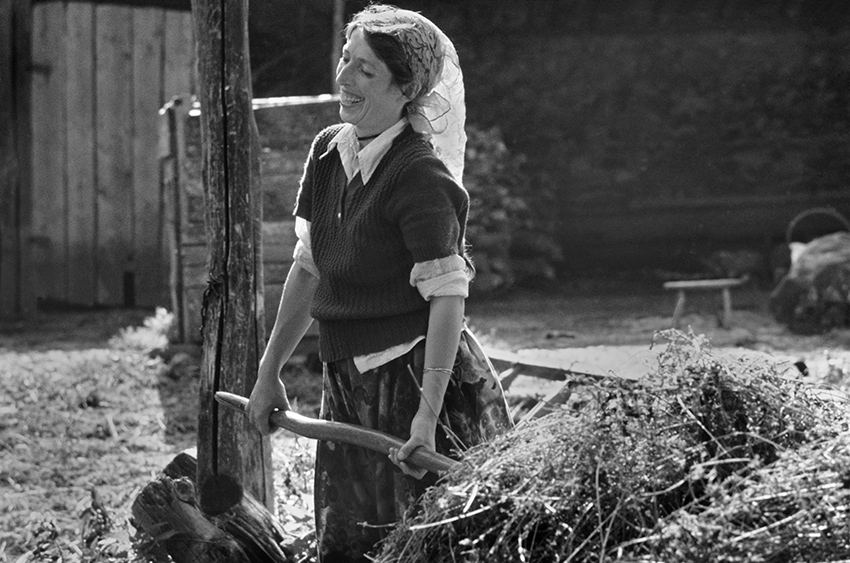
GE: You stayed in Kosovo for almost 7 weeks, when you look back today, what does this period mean to you, in short, how do you remember your stay here?
ACE: I have very good memories of my stay in Kosovo, it showed me other aspects of life, influencing the way of living. Daily life was still dominated by the fight for survival, and people were therefore not occupied by exposing extravagant assets of wealth like clothes, cars, or houses.
GE: In the broad plane, apart from the photographs that we see as a public, what are the sacrifices of a reporter behind the camera?
ACE: Sometimes you will have to sacrifice your own need for comfort, to overcome your own laziness and use the situation in front of you to a maximum. You will probably not be able to come back to the same place, do things a second time. Also, as a photographer you must always show people respect, and not exploit them by documenting them in situations that can be embarrassing or painful. You can photograph whatever you want, but you must be extremely careful when it comes to publishing, – what to show and not.
GE: You have studied black and white photography, continue to work on private projects. How do you see this type of format professionally and emotionally (more precisely, what feelings does a black and white photo evoke in you)?
ACE: I feel much more comfortable working in black and white, where I can concentrate on the light, composition, and content of the image, – not having to consider the impact color has on the final image. Working digital today I always convert the images to black and white when publishing, to avoid destroying the composition with for example someone in a yellow vest suddenly appearing in the background.
GE: What should a photographer who wants to document the social field in his work keep in mind?
ACE: The photographer should be as honest as possible and from the start clearly declare his/her intentions with the images to be made, and not put people in situations that are degrading, embarrassing or unfair.
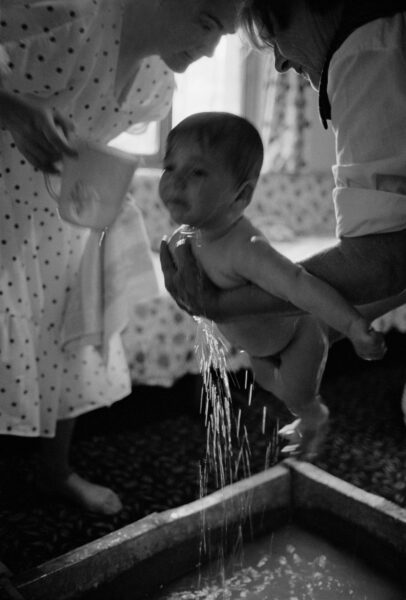
GE: Among the collective and personal exhibitions, among all your work over the years, have you been prevented from doing any unrealized photo reportage for one reason or another?
ACE: I am sure there must have been situations when I have not been able to fulfill my ideas, as I worked as a photographer for 33 years in the Museum of Cultural History, University of Oslo. But on the other hand, that work gave me much freedom, and opportunities to also conduct and publish my own photo historic studies based on the museum collections, such as the ones of the renowned Norwegian explorers Roald Amundsen and Carl Lumholtz.
After having worked with photography for almost sixty years, I certainly must have had setbacks along the way, but I cannot remember all the people and situations I have encountered. However – my life has been very interesting, fascinating, and full of both happy and sad moments, although I have not been able to photograph it all.

…
Eek has later returned to Kosovo, and Albania, to document everyday life of the Albanians, and her study of the history of the Balkans made her even more involved. During the nineties, it was too dangerous to travel to Kosovo, but Eek revisited the region on many occasions, and Kosovo after the 1998-1999 war.
Although her hands are wary, her eyes still see photographs and motifs everywhere. Her latest solo exhibit was in Oslo in 2015, but she has also participated in several large group shows at main institutions in Norway and Sweden. She continues to work in black and white, consciously observing and crossing borders to make us see what she sees, or how: Photography is terribly fascinating, it is physically demanding but mentally very satisfying.
All photos in the article are used with permission of the author
/GazetaExpress
Të tjera nga rubrika

The Basic Court dismisses the indictment against Klodian Allajbeu, Ekrem Lluka and others

Jessica Simpson Takes Lookalike Daughter to Paris For 13th Birthday Amid Divorce
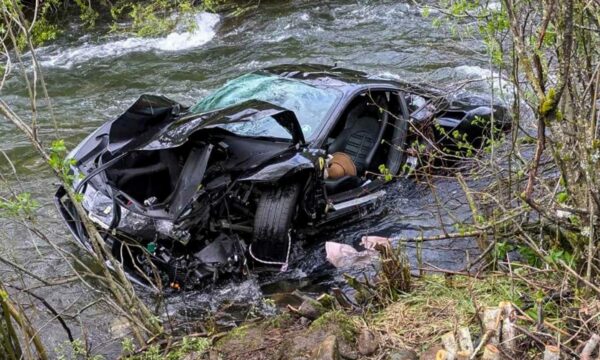
British couple die after Ferrari plunges off mountain in Spain

Tariffs Temporarily Cut As Talks Narrow Differences

Argentina’s top court finds 80 boxes of Nazi materials in its basement

Why The Tops Of Microwave-Baked Treats Are Ugly And How To Fix Them
Te fundit
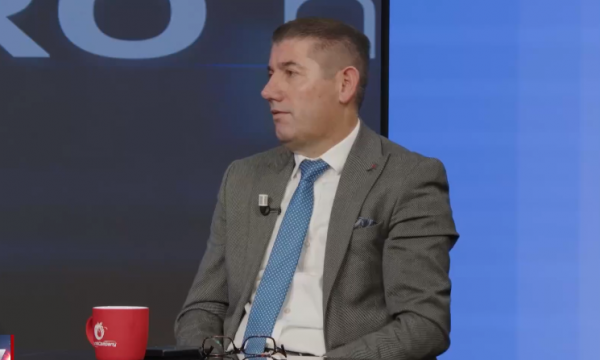
Smakiqi: Dënimi për “Vrasje nga pakujdesia” është nga 6 muaj deri në 5 vjet

Shkuan për ta fikur zjarrin në Obiliq, një person ofendon njësinë e zjarrfikësve dhe ia dëmton automjetin

Polici në Lipjan thotë se dikush ia ka postuar fotografinë me mesazhe kërcënuese në rrjete sociale, lidhet me punën e tij

Udhëtarët shqiptarë bllokohen në Aeroportin e Beogradit: “Po vdesim këtu”
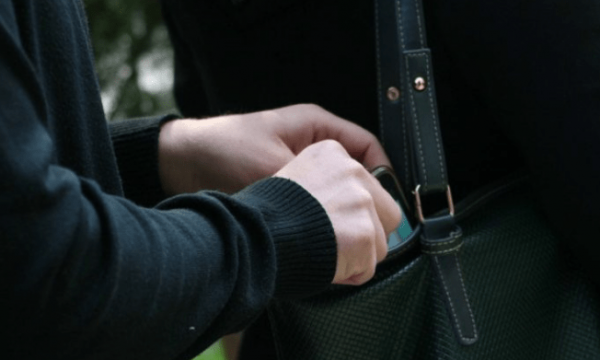
Gruaja në Prishtinë raporton se dikush ia vodhi paratë, telefonin dhe kartelën e bankës

Ndryshimet klimatike gati trefishuan vdekjet nga i nxehti në Evropë, thotë një studim
✕





